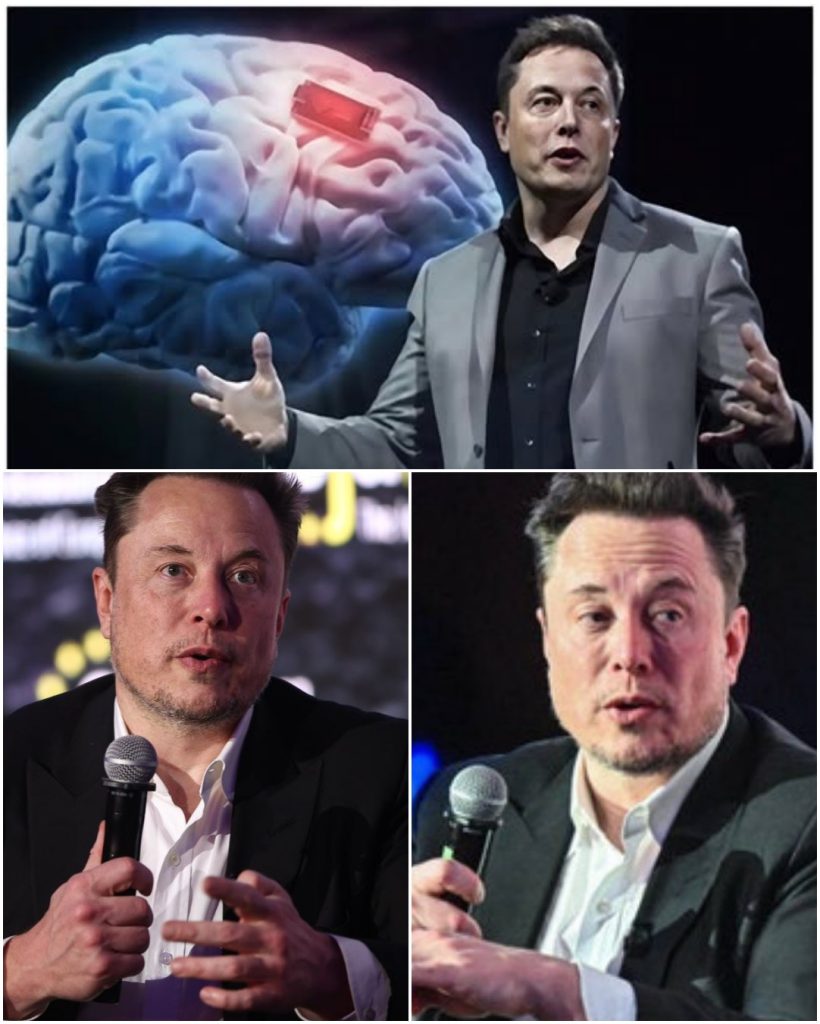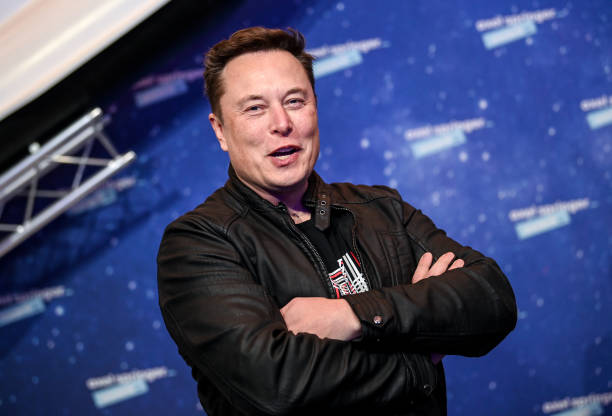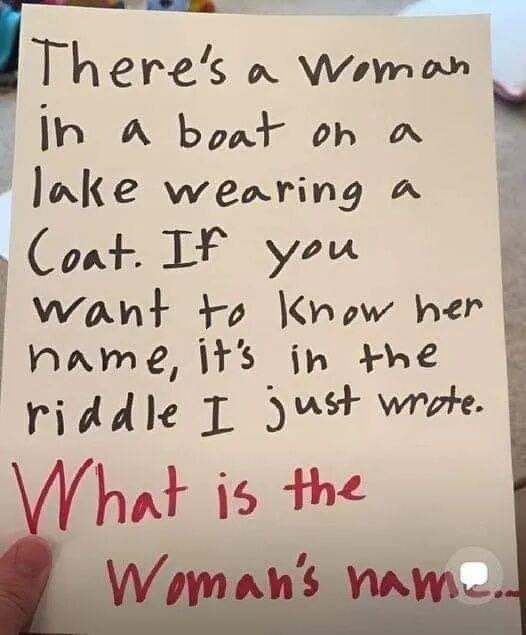😢💔UNEXPECTED MIRACLE: Elon Musk Helps Paralyzed Woman WRITE with Her MIND After 20 Years – NGL
In a world often defined by technological breakthroughs and rapid innovation, it’s rare for a single human moment to capture the attention-and hearts-of millions. But that’s exactly what happened this week, when a paralyzed woman, silenced for two decades by her condition, wrote her first sentence using nothing but her thoughts-thanks to technology pioneered by Elon Musk’s company, Neuralink.
The six words she chose broke the internet, moved millions to tears, and reminded us all of the profound power of communication, hope, and human connection.
A Life Lived in Silence
For over 20 years, Maria (her family asked for her last name to remain private) lived trapped inside her own body. A tragic car accident in her early twenties left her completely paralyzed and unable to speak—a condition known as locked-in syndrome. Though her mind was fully conscious, she had no way to communicate with the outside world. For her parents, friends, and caregivers, the hardest part was not knowing what she was thinking or feeling. For Maria, it was the unbearable loneliness of silence.

Her family tried everything: eye-tracking devices, letter boards, even experimental therapies. Nothing worked. As the years passed, hope faded. But then, in 2024, her doctors tolo her family about a new clinical trial-one that sounded like science fiction.
Enter Neuralink: Turning
Thoughts Into Words
Neuralink, the brain-computer interface company founded by Elon Musk, had been making headlines for years with its ambitious goal: to create devices that allow the human brain to communicate directly with computers.
The technology promised to help people with paralysis control devices, move robotic limbs,

Maria’s family leapt at the chance. After months of screening and preparation, she became one of the first patients to receive a Neuralink implant.
The device, smaller than a coin, was delicately placed in her skull, where tiny electrodes connected with her brain’s motor cortex.
The challenge was immense. Could a machine really “read” her thoughts and translate them into words on a screen? Even the scientists weren’t sure. But for Maria and her family, it was a chance worth taking.
The First Test: A World Holds
Its Breath
The first weeks after surgery were filled with training and calibration. Neuralink’s team worked tirelessly, teaching the device to recognize the unique patterns of Maria’s brain activity as she imagined moving her hand or focusing on letters.
Progress was slow, but steady.
Then, one afternoon in June 2025, the team decided to try something extraordinary. They asked Maria to think about writing her name. Her family gathered around, holding their breath as the computer screen flickered.

A Ripple Effect of Hope
The impact of Maria’s sentence has rippled far beyond her hospital room. Families of other patients with locked-in syndrome have reached out, hopeful that this technology might one day reunite them with their loved ones’ voices.
Advocacy groups for the disabled have hailed the breakthrough as the dawn of a new era.
Medical experts caution that the technology is still in its infancy-Neuralink’s device is experimental, and not every patient will see the same results. But for the first time, there is real hope that the silent can speak, the isolated can connect, and the voiceless can be heard.






